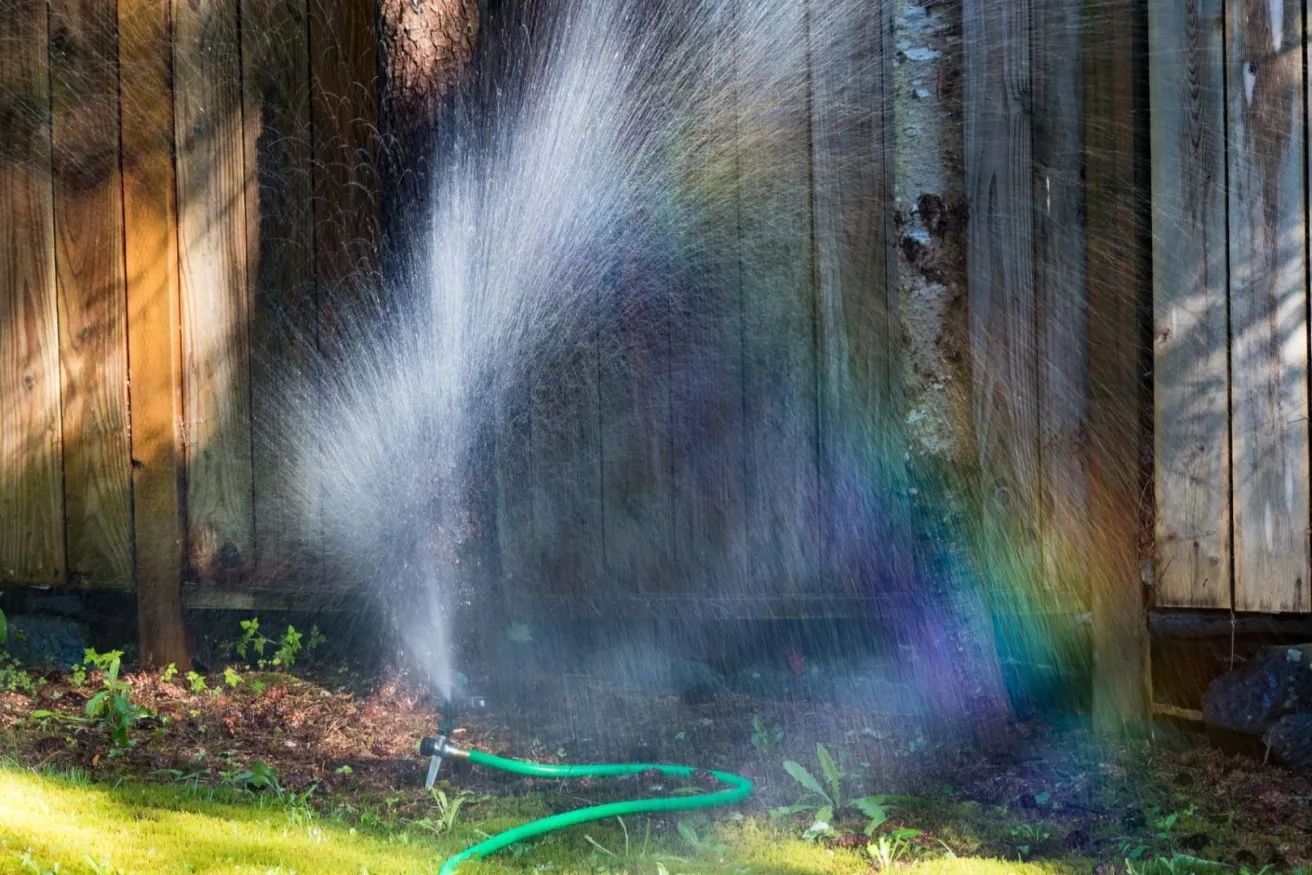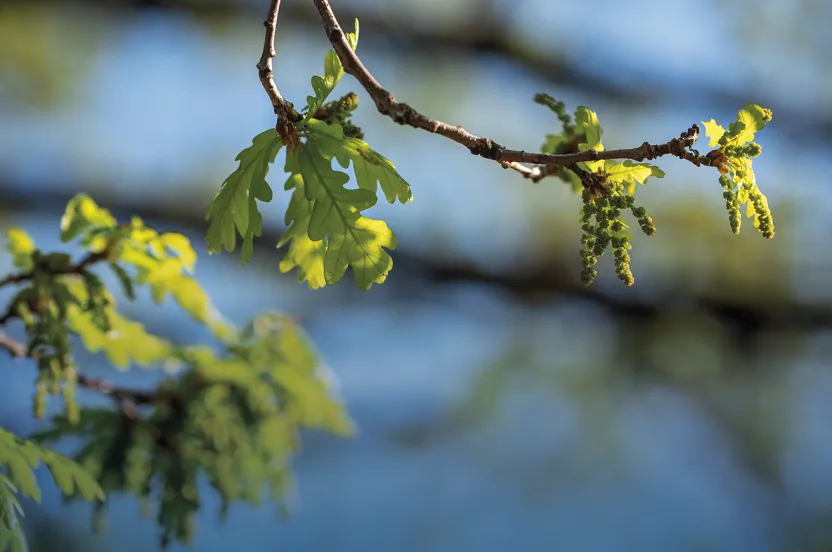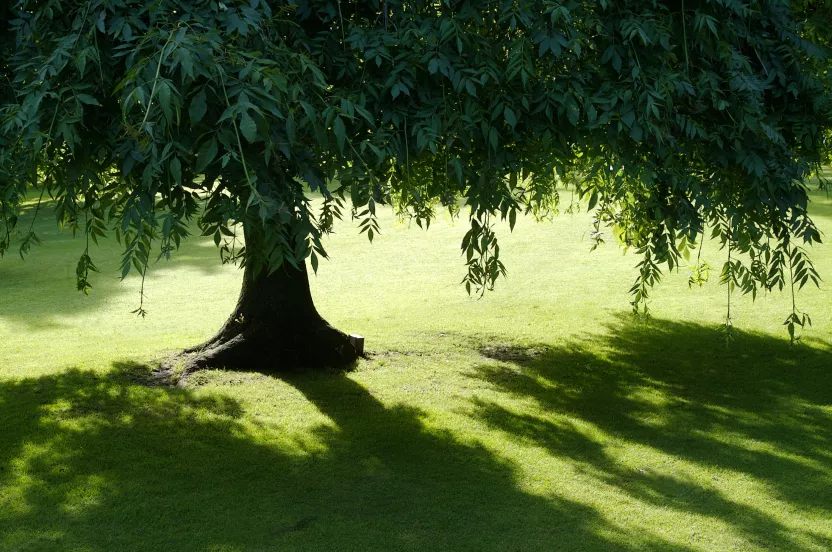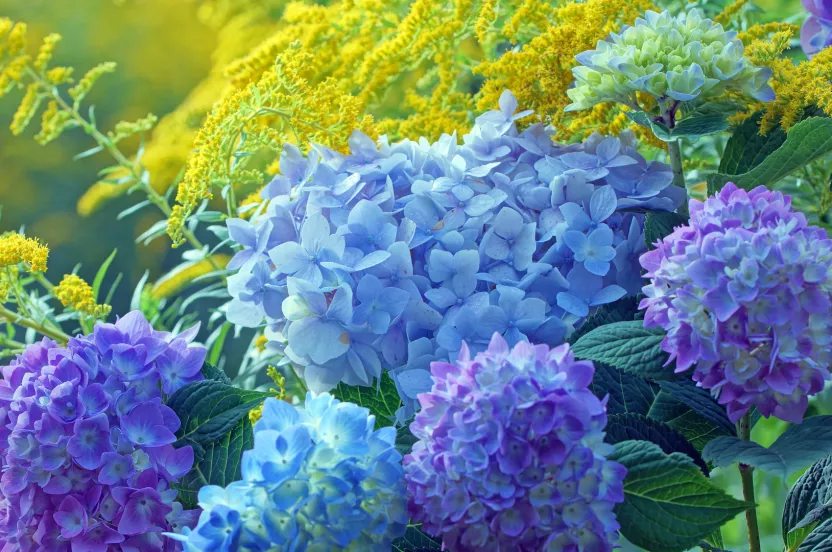Now live: The 2025 Canopy Report. Learn how Americans see trees. GET THE REPORT
Guest post by John Lang of Friendly Tree.
Now that summer is in full swing, watering your trees properly is one of the best ways to keep them healthy and stress-free. With much of the Southwest United States currently in drought conditions, consistent watering is key to happy trees. But did you know — the most common watering mistake is actually too much water?
Whether it’s too much or too little, watering can be tricky if you don’t know how to do it. Follow this guide to ensure your trees make through summer with flying colors:
When to Water
During a summer afternoon, up to half of the water can be lost to evaporation. The best time to water is in the morning or evening, so the roots have a chance to absorb most of the water.
Unfortunately, there’s no magic schedule for watering trees. How often you should water will depend on the size of your tree, soil conditions, and weather conditions. Newly planted trees require much more water than established ones.
The best way to determine when trees need water is to check the soil. What you’re aiming for is moist — not soggy — soil. In the absence of rain or moisture, check the soil with a garden trowel to a depth of two inches. If the soil is dry to the touch, your tree needs water.
How Much
The rule of thumb for established trees is 10 gallons of water for each inch of the tree’s diameter. You can use a ruler at knee height to measure or just use your best guess.
[embed]https://www.youtube.com/watch?v=ZJ1nS9_GUkE[/embed]
Deeper is Better
Perhaps the most important element of watering when it comes to trees is the “how.” Slow and deep is your best bet, which is why drip lines are the preferred method of watering (although spray from a garden hose will certainly work). Drip irrigation also loses less water to evaporation compared with overhead watering or sprinkler systems.
Deep watering allows the critical root zone to take up adequate moisture. When setting up a drip line, be sure it extends to the entire area beneath the tree’s canopy and to a depth of 10 inches if possible.
Consistency is Key
Allowing the soil to completely dry out — or allowing it to stay soggy — will result in a tree that is stressed and therefore more prone to disease and infestation. Keeping the soil consistently moist is essential to healthy trees.
Choosing the Right Species
In regions where drought is typical, choose drought-tolerant species when planting new trees. Drought-tolerant trees are adapted to dry climates and will not only grow better, but help you to conserve water as well.
Newly Planted Trees
Young trees are still establishing their root systems and therefore need more water. Water newly planted trees once a day for the first couple of weeks after planting, and once a week after that during the growing season.
Remember to check the soil to ensure you are not over watering. Once the roots begin to extend beyond the root ball, you can water on a normal schedule.
Mulch is Your Best Friend
Mulch is a highly effective way to keep the soil from drying out quickly, especially during excessive heat. Applying mulch 2-4 inches deep will help conserve moisture and regulate the soil temperature.
Ask an Arborist: Why do we Mulch?
Water Year Round
Don’t forget to water your trees in the winter during dry spells. Just because they are dormant doesn’t mean your trees aren’t growing. Water when air and soil temperatures are above 40 degrees F and when there is no snow cover. Your trees will thank you later!
About the Author
John Lang is a Certified Arborist and a member of the Friendly Tree team, a family-owned New Jersey tree care service, dedicated to the thoughtful and careful maintenance of your trees and shrubs. Friendly Tree Service has been in business for 26 years and remains passionate about trees and nature. With a highly trained staff that treats every property as their own and state of the art equipment, Friendly Tree is on the cutting edge of the art and science of Arboriculture.





